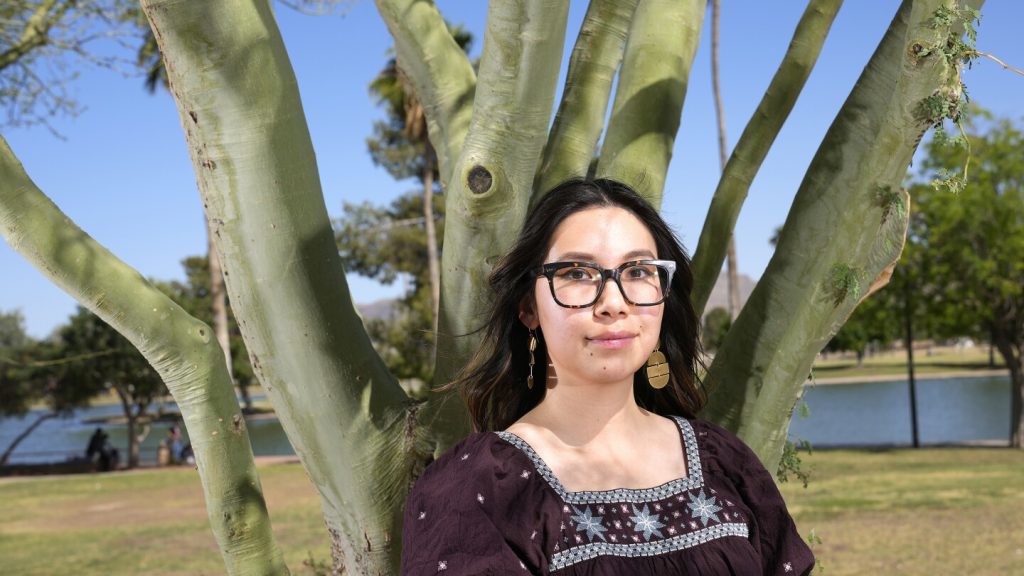The number of people who identify as both Latino and Asian American or Pacific Islander has more than doubled in the last 20 years, according to researchers at UCLA. This demographic, known as AAPI Latinos, increased from 350,000 to 886,000 in that time period. The researchers analyzed Census Bureau data from the 2000 census and American Community Survey estimates from 2010 to 2022. This growing population includes mixed-race individuals who identify as both Asian and Latino, a trend that is becoming more common.
The population of Asian or Pacific Islander Latinos is primarily made up of Asian immigrants from Latin America or American-born citizens with parents from both Latino and Asian backgrounds. This demographic has a rich history rooted in interactions between Latino and Asian or Pacific Islander citizens in the United States, often in response to labor demands. For example, Chinese immigrants settled in towns on both sides of the U.S.-Mexico border in the 19th century, and Punjabi and Mexican farmworkers intermarried in California in the early 1900s.
A significant portion of Asian Latino Americans reside in California, with Texas and Hawaii also having sizable populations. Individuals like Hawaii Democratic state Rep. Sonny Ganaden, who is of Filipino and Mexican descent, have experienced challenges in navigating their dual identities. Despite facing questions about their cultural backgrounds, many individuals in this demographic are finding acceptance and community support in embracing both their Latino and Asian heritages.
For individuals like Olivia Yuen and Isabella Chavez, who have Chinese and Mexican heritage, the experience of growing up with mixed identities has led to feelings of being caught between two cultures. As they have grown older, they have found ways to embrace both sides of their heritage and connect with their roots. Living in diverse communities has helped them explore and celebrate their unique backgrounds, allowing them to feel a sense of belonging in both their Latino and Asian cultures.
The data analysis also found that AAPI Latinos have higher educational attainment than Latinos overall but lower than all Asian Americans and Pacific Islanders. About one-third of AAPI Latinos have a bachelor’s degree or higher, compared to 55% of Asian Americans and Pacific Islanders and 19% of Latinos overall. The population skews young, with nearly half of AAPI Latinos being age 18 or younger. Researchers hope to bring more attention to the Asian or Pacific Islander and Latino identity and highlight the diverse experiences within this growing demographic.
Overall, the rise of AAPI Latinos reflects the changing demographics in the United States and the complexities of dual cultural identities. As this population continues to grow, it is important to recognize and support individuals who straddle both Latino and Asian heritage. By shedding light on the experiences of AAPI Latinos, researchers and community advocates aim to ensure that this unique demographic is included in important conversations about identity, representation, and cultural diversity.


